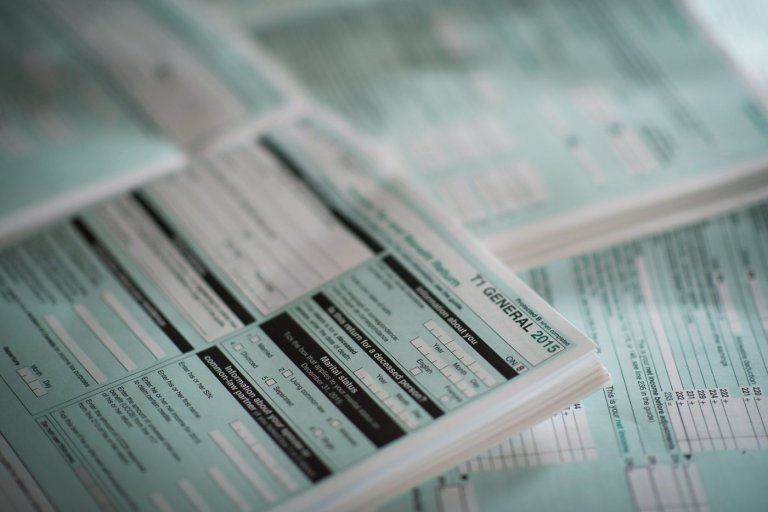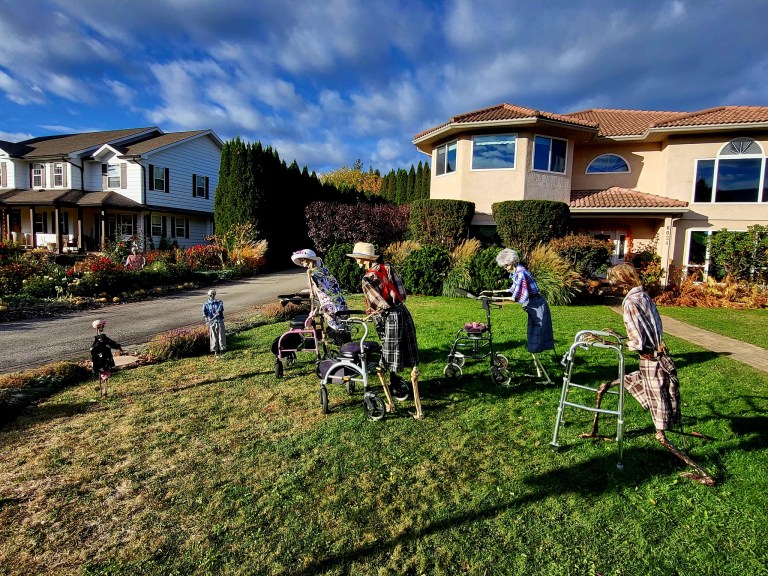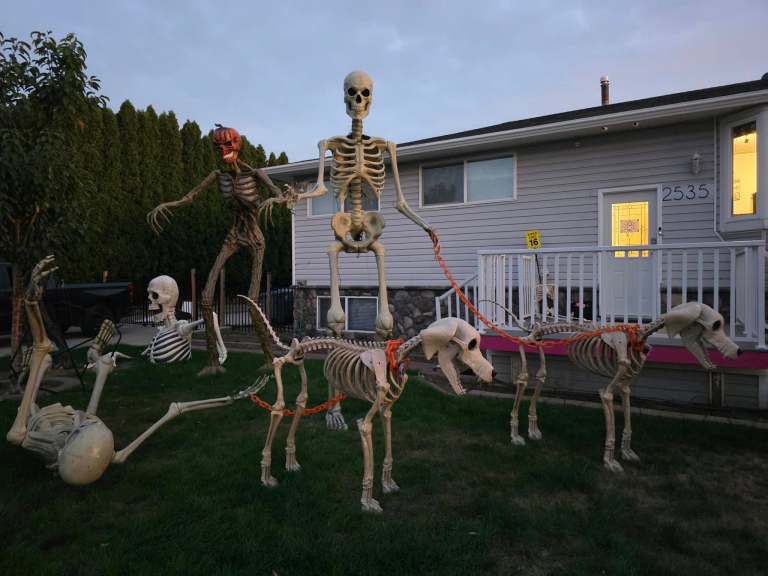Regional district warns of AI misinformation after North Thompson dam scare
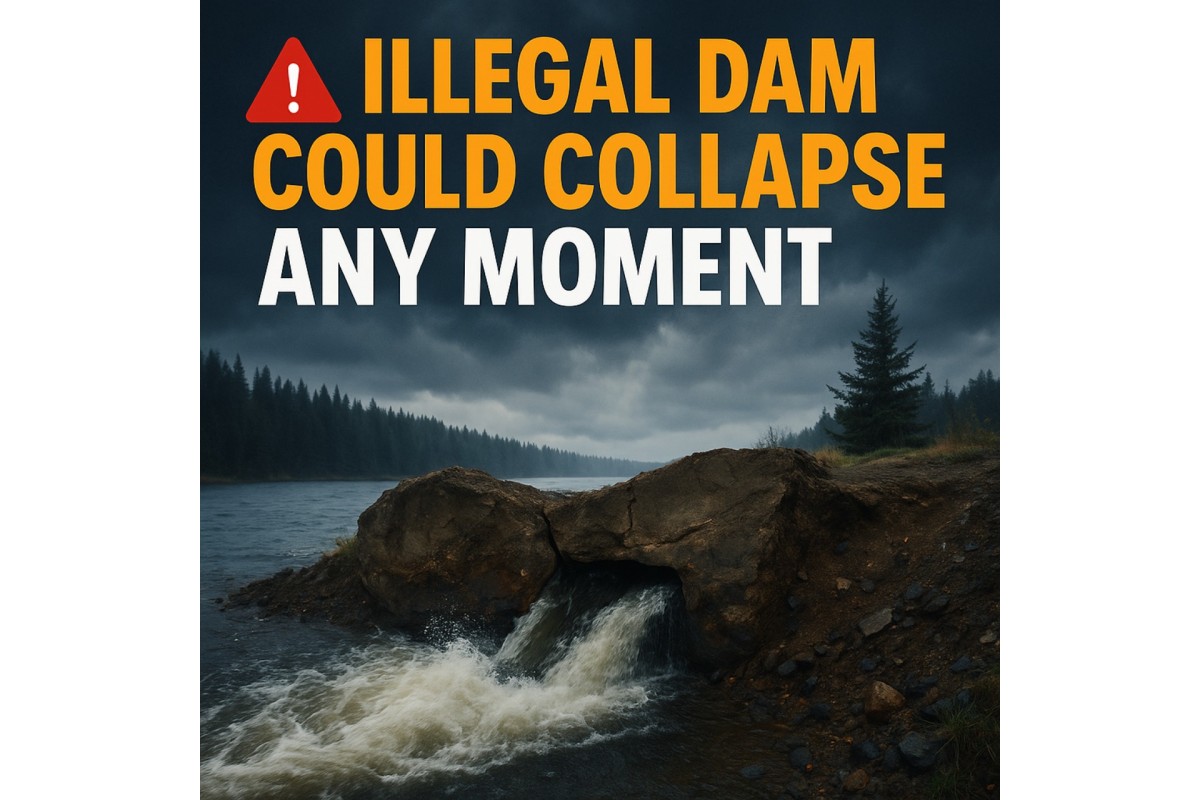
Evolving technology means new problems when emergencies strike. News of a makeshift dam in the North Thompson region and a local state of emergency prompted misinformation in the form of artificially-generated images.
Although it didn’t present an immediate risk to the public, the fake images don’t bode well for the Thompson Nicola Regional District’s emergency services manager who said it’s “getting harder and harder” for people to know what’s real.
“As a society, people have gotten very used to their news being available, on demand and immediate. So, if people want information they’re going to go online and find it somewhere,” Kevin Skrepnek said. “If governments and agencies aren’t filling that vacuum with good information, or at least credible information, people are going to find it somewhere else and it might not be terribly accurate.”
The Fadear Creek dam, north of Sun Peaks, put a handful of ranch properties at risk as its clogged culverts increased pressure from rising lake waters with nowhere to go.
Regional district staff put nearby properties on evacuation alert and sent an engineer to find a way to safely release the water. Before they could release photos and drone footage of the gravel dam itself, artificially-generated images began circulating online.
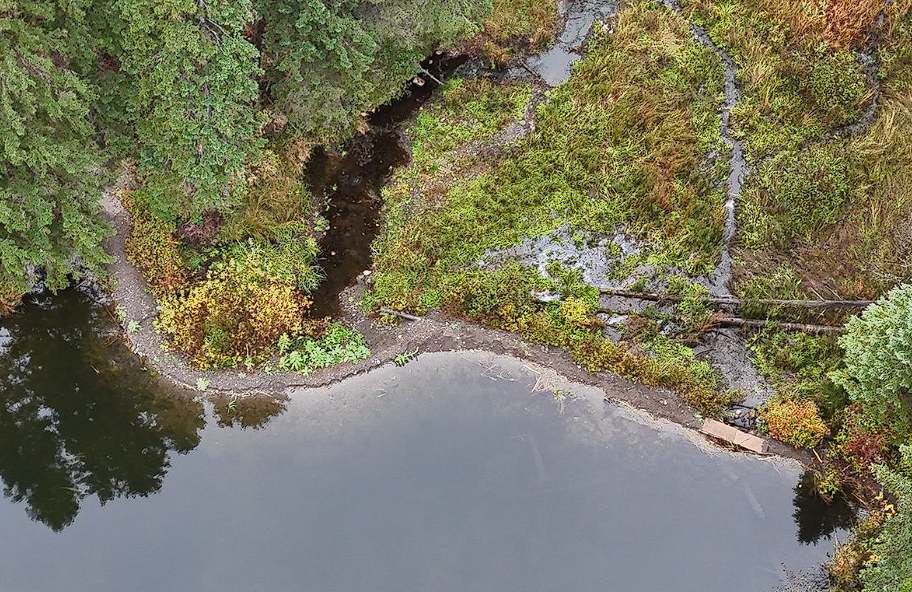
One non-sensical image gathered traction when it was posted by a social media page focused on UFOs, the paranormal and natural disasters, according to its description.
“You can tell it was AI-generated. Like, there was water coming out of the dam higher than the level of the lake. It just didn’t make sense,” Skrepnek said. “But a year from now, are we going to be able to differentiate?”
He said he hadn’t yet seen AI photos before the real images and videos from Fadear Creek were released, but it was out of an anticipation that residents would envision a large concrete hydroelectric dam. In reality, it was a pile of gravel lining the outlet of Fadear Lake.
He said it’s an issue he and other governments are not yet sure how to grapple with, especially when faced with emergency situations.
Along with his regional district job, he teaches a course on wildfire communications at Thompson Rivers University, where the misinformation problem is known but far from solved.
“For a lot of (my students), they didn’t fully grasp the nature of the news ban in Canada. They are quite savvy with AI and they can usually recognize an AI-generated image fairly quickly, but they acknowledge that’s going to get harder and harder,” he said. “We haven’t exactly landed on any solution, but I think it’s just the awareness piece.”
BC Wildfire Service itself warned the public earlier this year about circulating AI images purported to show an aerial view of a wildfire near Peachland. A close examination of the images can quickly reveal to a viewer the image is fake, but the technology is advancing quickly.
“I know there’s an initiative to bake in more metadata into photos… but a lot of social media platforms strip out the metadata,” Skrepnek said.
Even if it worked, it’s not clear residents or news consumers would go through the effort to examine data behind the photo. It’s also not clear whether there’s a clear answer for people like Skrepnek beyond being forthcoming with information quickly once it’s available.
Along with AI advancements, the slow decline of the news industry and the Facebook ban on all Canadian news have made it more difficult for those communicating about emergencies to the public.
“I think a lot of the pickle we find ourselves in now, you can pretty directly connect to a major collapse of the media ecosystem,” Skrepnek said.
He suggested residents consuming news should be careful about where they get their information. In the case of emergencies like wildfires, he suggested residents watch for information from government sources and the news media rather than heavily relying on social media.
“We’ve had situations in the past where we don’t have all of the information yet, but we need to get some information out now so we’re establishing ourselves as where people should be going,” he said.
“We need to fill the vacuum, that void (of information), establish ourselves as a credible source, then keep feeding it as we get information. If folks can’t find it, they’re going to go elsewhere.”
He said government agencies across the country are grappling with how to deal with misinformation, while the BC Human Rights commission launched it’s own campaign to raise awareness.
Its website includes a quiz to test readers on their ability to spot misinformation online. It can be found here.
Join the Conversation!
Want to share your thoughts, add context, or connect with others in your community?
You must be logged in to post a comment.














